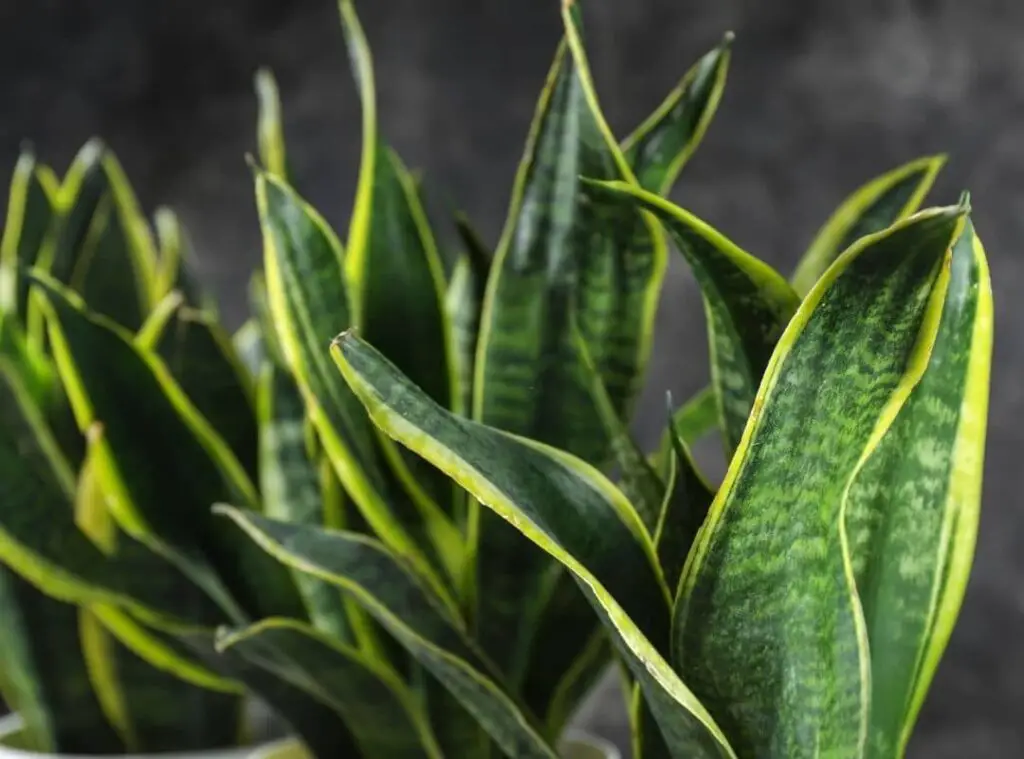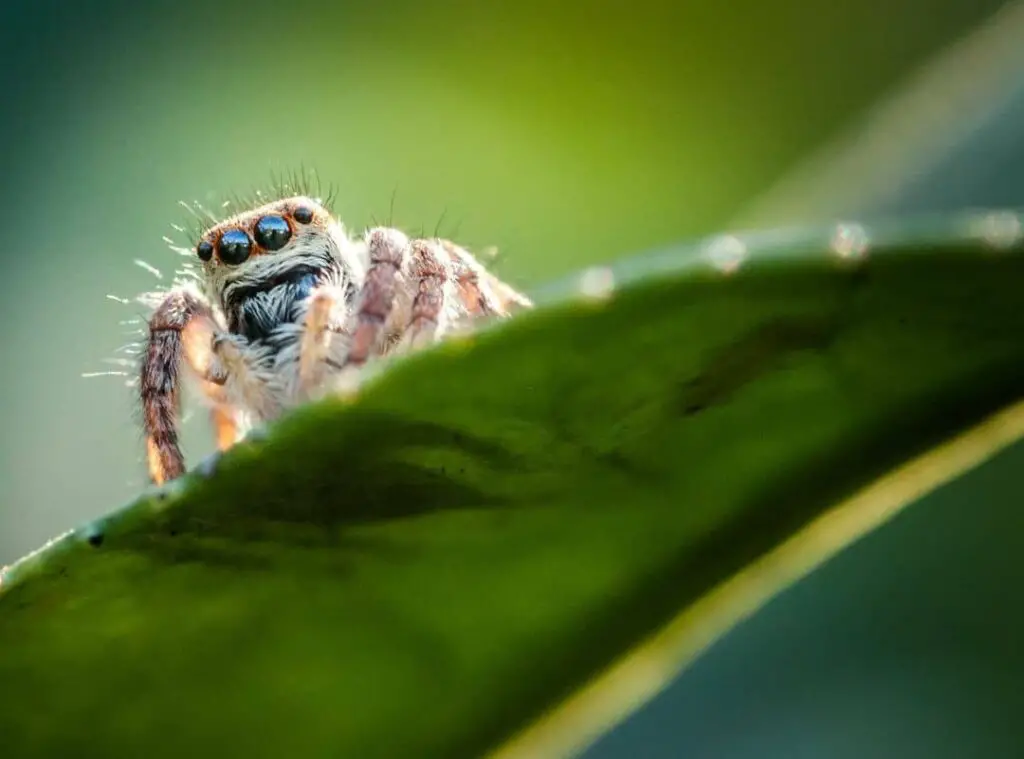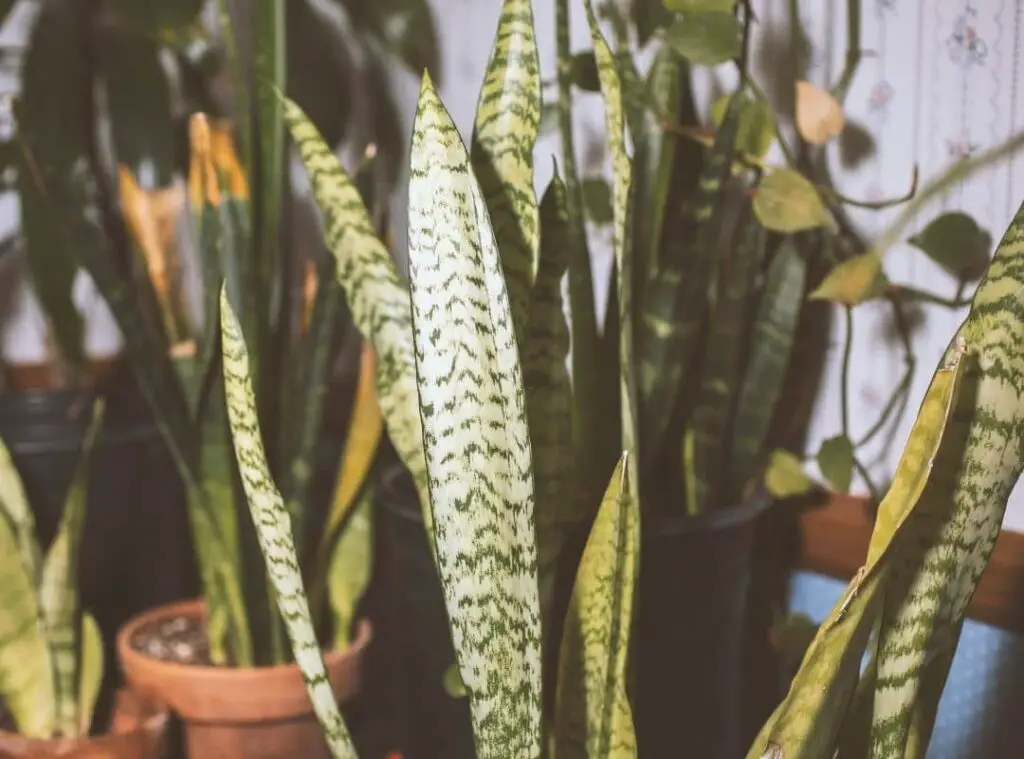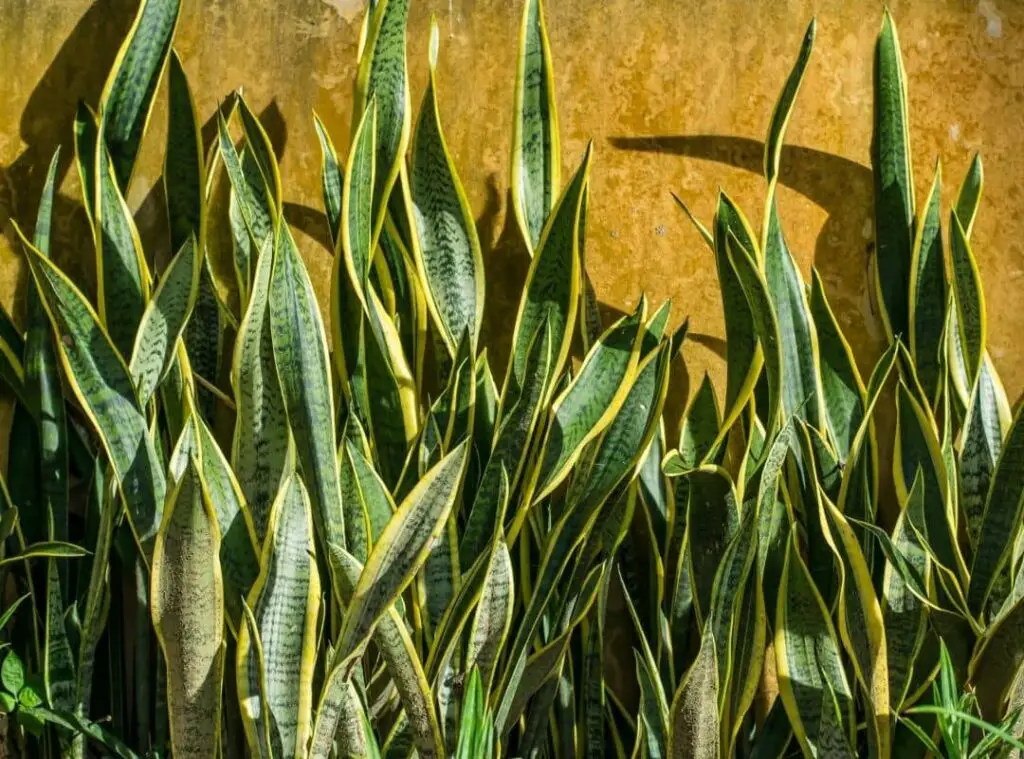There are several reasons for snake plant leaves curling. They could be due to either insect infestations, issues related to over watering, cold stress or fungal infections .
It is crucial that you identify the exact reason whenever you spot any curled leaves snake plant, so that you could attend to it and treat accordingly.
The sooner you attend to them the better it will be, and you could bring the plant back to normal.

Does watering affect snake plant leaves curling?
Overwatering could be one of the biggest problems of snake plants leaves curling.
Once we over water the snake plants, it would lead the plant’s roots to retain excess water and they could become waterlogged, and the soil could become damp.
These conditions would lead to root rot and ultimately it could be lethal on the plants as well.
Once you identify over watering has caused the plant to curl its leaves, you need to study the watering schedule and the soil condition as well.
Consider that you had watered the snake plant on a frequent basis, it would contribute to waterlogged roots and for the snake plants leaves curling too.
On the other hand, if your soil mixes too dense and too soggy that would also cause the snake plant’s leaves to curl.
Do diseases cause snake plant leaves to curl?
Fungus
Fungal infections could cause the snake plants to curl their leaves.
For example, southern bright and red leaf spots are some common fungal conditions which the snake plants go through and consequently they would get curled leaves.
When you need to determine that fungal infections have caused the plant to curl the leaves, you need to observe the plant to spot whether there are any more indications apart from the curled leaves.
If the plant is going through red leaf condition, you could spot red lesions.
If not, you could spot them formed in a white web growth too.
Over time, when this fungal attack is present on the plant, Chances are that the curled leaves could turn brown in color.
Moreover, when you try to touch them, you will feel like they are stiffer than the regular leaves.
Bugs
Thrips
Thrips are the most frequently spotted key factor which could cause the snake plants to curl leaves.
These are little creatures which you could spot in black color. They could harm the whole snake plant. Leaves buds and stems will become victims of this condition.
When the thrips are present on a snake plant, they tend to depend on the plant and based on that identify exactly whether the plant is experiencing any thrips attack.
Once thrips invaded your snake plant, you could see small black spots on the leaf’s surfaces and on the buds as well.
As such you could ascertain this by observing the plant more closely to see whether there are any black patches, and you may utilize a magnifying glass to check if it is essential.
Once you ascertain that your plant is under attack of thrips, you may act accordingly to rescue the plant.
Alternatively, you could check whether there are any thrips attacks present in the plant by simply shaking the snake plant’s leaves whilst keeping a white paper underneath the leaves.
When you do that and see black spots, that would be due to thrips. That is another way of confirming a thrip attack.
Spider mites and mealybugs
Just like other succulents in general, snake plants are also vulnerable for spider mites and even for mealybugs as well.
They would also cause the snake plant ‘s leaves to curl. These creatures would depend on snake plant sap in the plant’s stem.
Once they attack the snake plants, there will be little wounds occurring on the plant as a repercussion from this.
It would cause the plant to become weaker and consequently they will not be able to conserve sufficient water in their leaves.
Once this gets severe, chances are that the plant could start shedding its leaves as well.
To ascertain their presence on the plant, you could place a piece of white paper on the ground and then place the plant on top of that.
Then start shaking the plant. While you do this, if you could spot little mites in red and black, you could decide that spider mites have invaded your plant.
In addition to spider mites, mealybugs could also attribute the plant to curl their leaves. You could recognize them by looking at those little creatures.
You could generally spot them in flat and waxy, oval shaped soft bodies. They further contain segmented bodies.
Once they have spread on a severe level, you could recognize them by their white cotton textured eggs.

Does repotting affect Snake plant leaves curling?
Repotting could also affect the snake plant’s leaves to curl.
You need to do repotting for your plants on and off depending on the plant’s health condition and on their growth pattern.
Once you repot the plants, it consumes a little time to adapt to the new growing conditions and to the root system as well.
Once they go through this period, it will not be possible for the plants to get sufficient water which will help them to do their regular functions.
Once your plant is Going through, you could call the plant is in transplant shock and they tend to curl their leaves to indicate as a sign of this condition.
Soil nutrient level and snake plant leaves curling.
Once you overfeed your snake plant with an excess amount of nutrients that could also attribute the snake plants to curl their leaves.
The general practice is to not regularly fertilize the snake plants as they do not depend on a lot of fertilizers.
When it is their active growing season like summer, you could add fertilizers once a month to fulfill their nutrients requirement.
Once you over feed the snake plants, it could badly impact on the root system and on the leaves as well.
They cannot withstand the excess nutrients and consequently they would tend to get curl leaves and even burnt leaves as well.
Does Weather cause curly leaves in snake plants?
In addition to the aforesaid key factors, weather conditions could also attribute the snake plants to curl their leaves.
Particularly a cold damage could badly affect these plants and as a repercussion of that, you could spot the curled leaves.
Once you leave your snake plant ignored in colder temperatures outside, their leaves will tend to get curled, wilt, and even scar too.
Snake plants would prefer to grow in temperatures between 50-85 degrees Fahrenheit. You need to protect the plant from colder temperatures while bringing it indoors.
On the other hand, if you expose your snake plant to intense temperature levels, that could also attribute the plant leaves’ curling.
Once the plant is going through an intense level of temperature, it could stimulate the transpiration which means they tend to lose water rapidly than the normal rate.
When they start to lose water rapidly, curling of the leaves will take place.

Treatments for snake plant leaves curling
Watering and soil condition
When you figure that your watering pattern has caused the snake plants to curl their leaves, you need to first make sure that you water them on a regular pattern.
If you water them inconsistently, it could cause the plant to stress.
As another treatment, you could ideally change the potting mix.
When you change the older potting mix to a new one, you need to make sure that you are replacing it with a fast-draining sandy soil.
Alternatively, you could even grow these plants in a cactus soil mix which is specially designed.
In addition to that, you could remove the plant from the pot and wash the root system so that older soil will be removed.
After that you should observe whether the root system has got any root rots. If it is rotten, you could get a foul smell from it. Then what you should do is cut the damaged parts of the roots and disinfect them with charcoal powder.
After that you could consider repotting with a fresh soil mix and in a new container.
Once you plant them in fully new conditions, it will allow them to grow fresh and it will stop any further contamination.
Having said that, if you release that the root rot has become severe, the best thing is to propagate them.
Diseases
Fungus
It is important that you abide by the proper watering pattern to overcome the fungal issues. Simply because wet and soggy conditions would be very attractive towards the fungus.
You could avoid the fungus menace by keeping the plants in dry condition, arranging them with well-draining soil and by placing them in recommended temperatures.
There could be situations where you might have to get rid of the plant in case the fungus attack has spread to a greater extent on the plant.
In this circumstance, you need to dispose of it quite far away from the rest of your other plants.
Alternatively, if you could find some healthy parts of the plant, you could try propagating them to form new plants. If not, you could consider repotting them too.
Bugs
Once you realize that thrips have caused your plant to curl, first you need to take off all dead and dying leaves.
You could use a clean knife to remove these leaves. Once you remove the damaged and dying leaves ensure that you dispose them far from the rest of other plants.
After that, you should clean the rest of the plant’s leaves with a wet cotton ball or with a cloth. When you do this, keep in mind to wipe both sides of the leaves so that you could get rid of whatever the remaining thrips of the plant.
However, if you realize that thrip attack has deteriorated most of the plant, best is to discard the plant.
However, once snake plants curl their leaves due to thrip attack, chances are that you could rescue the plant.
On the other hand, if the mealy bugs have attributed your snake plant to curl its leaves, you may take them off by using your hand.
You could practice this method if there is only a small infestation. If it has spread on a larger scale, you cannot try this method though.
Moreover, if you think you need to try out a chemical remedy for the spider mites and for the mealy bugs , you could proceed with an insecticidal soap.
This is a quite popular and a widely practiced way of getting rid of these bugs. Once we apply this method on the plants, it will make unhealthy living conditions for these bugs and it will make them depart from the plants.
In addition to that, you may use a spa mixture as an insecticide spray to remove these bugs. You only need to use a dish liquid and dilute it with water and then spray it on the plant’s damaged parts.
It is a productive way of getting rid of these bugs. It could be lethal on the bugs and chances are that it could even be fatal for the eggs too.
In terms of treating the spider mites, you could only wipe the plant’s leaves bottom part with regular water.
It would affect even on the spider mites which have lodged even on the tiniest and on the unnoticeable places of the plant.
To do this, you may even use a sponge which will be more convenient for you to do.
Repotting
When you repot the plants, you need to locate the plant in partial shade whilst watering them moderately.
Until the get used to the new growing conditions. You need to always use a fresh soil mix unless the nutrients would have depleted in the older soil.
As such, it is best to use a new soil mix which is fast draining and rich in nutrients.

Nutrients
If you think improper feeding has caused the snake plant leaves curling, you need to make sure that you do it in a proper way.
Ideally you could use an organic fertilizer. Once you use an organic fertilizer, it will avoid the chances of over feeding.
When you are using chemical fertilizers, you may use a half a dozen of the prescribed.
Weather
In case, you could forecast any extreme level of temperatures, best is to shift the plant somewhere in a shady place.
On the other hand, if any lower level of temperature is predicted which will go below 10 degrees Celsius (50 degrees Fahrenheit), you need to immediately shift it indoors.
Once you do these steps, it will avoid any potential temperature stress and it could avoid snake plants leaves curling.
How to Prevent snake plant leaves curling
- Always make sure that you locate the plant under indirect sunlight. If it is not possible to provide adequate levels of sunlight. You may use an artificial light for this purpose.
- Adjust watering depending on the season as explained above.
- When you water ensure, that all excess water moves through the draining holes and nothing retains in the pot.
- Locate the plants at room temperature.
- You could do a light misting on and off which will distract the insects.
- Feed them as appropriate and once you spot the plant has become root bound consider repotting.
Read Next: Indoor Snake plants care guide| And 7 interesting placement ideas|
